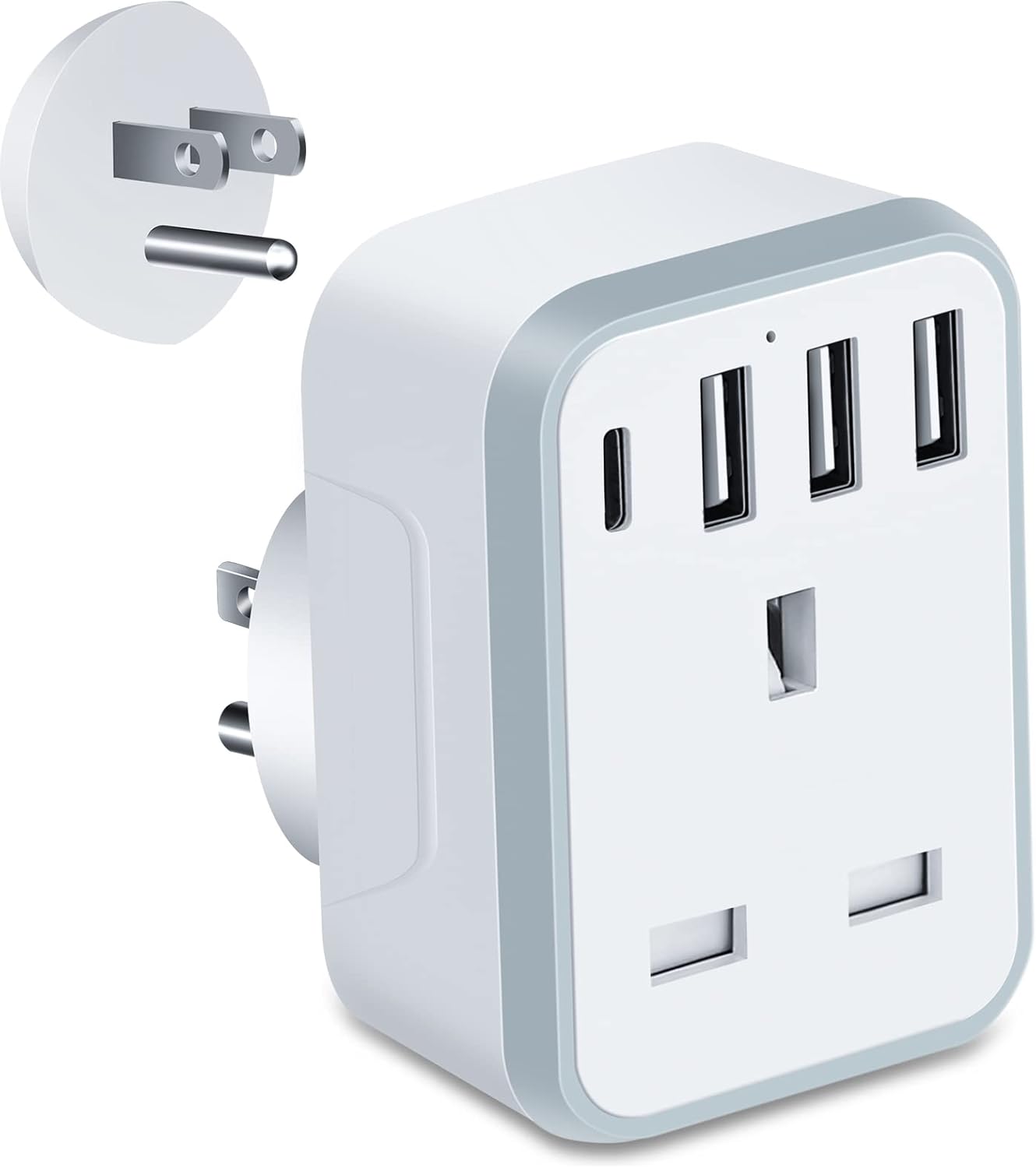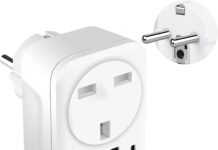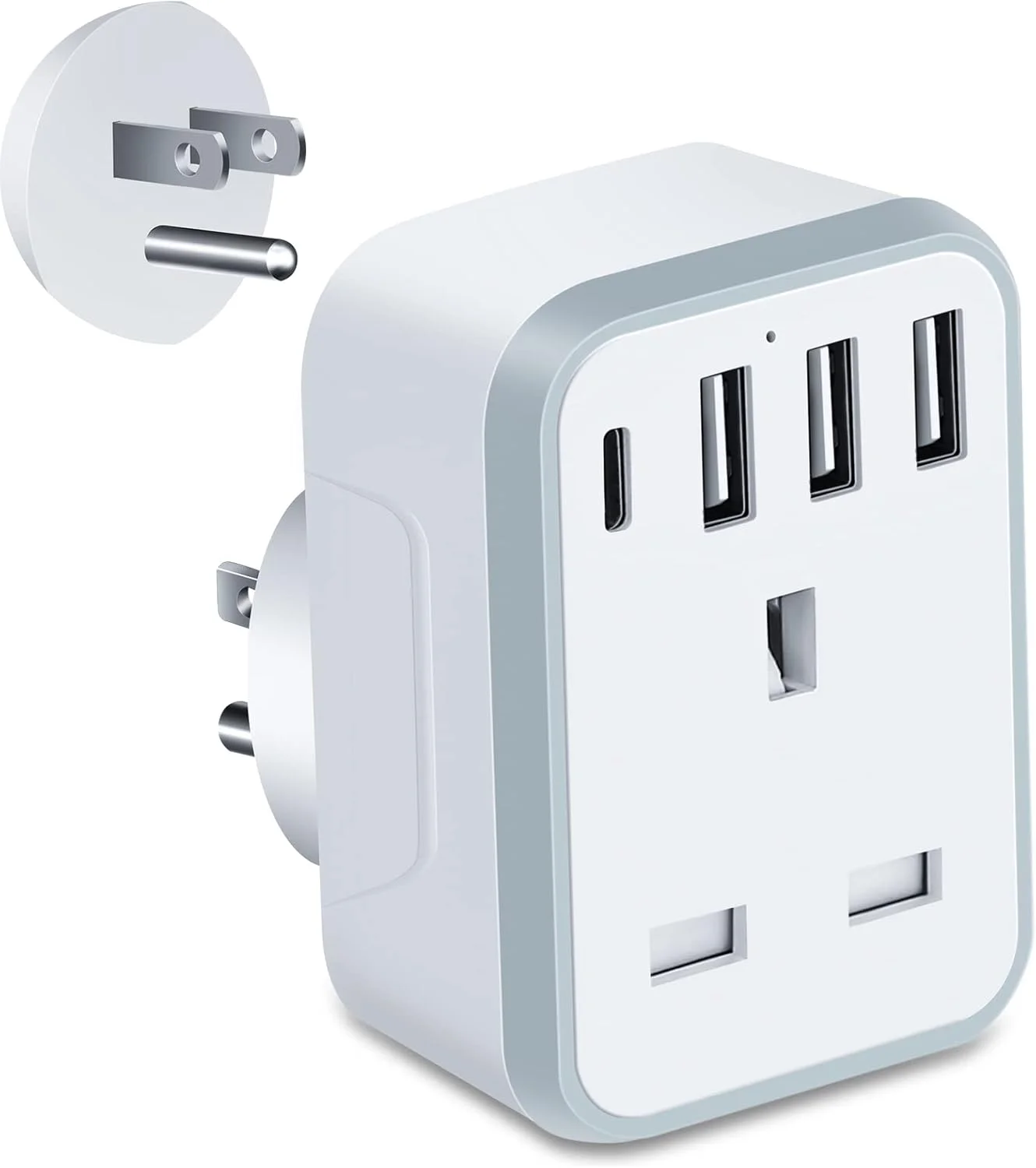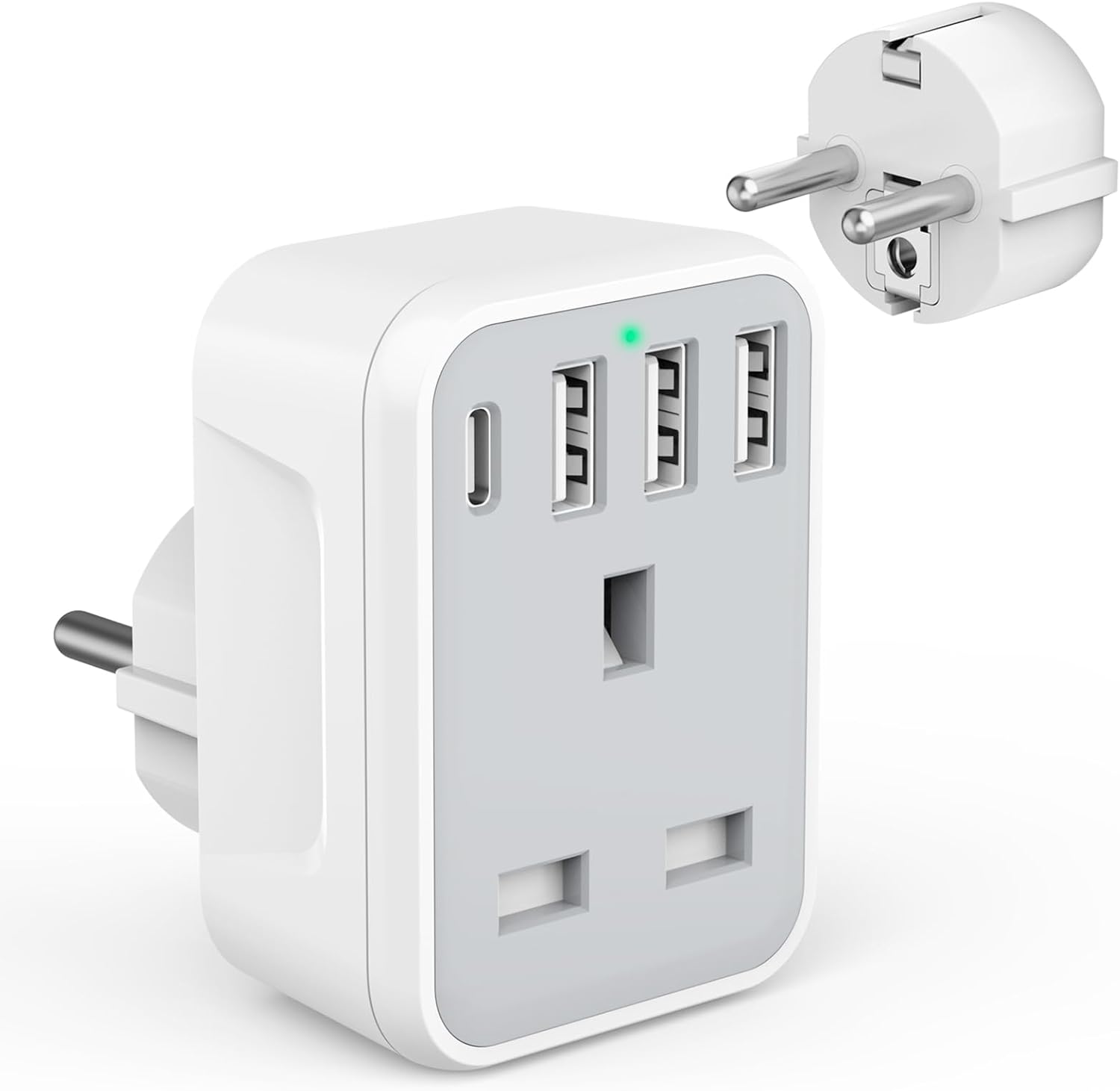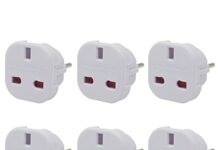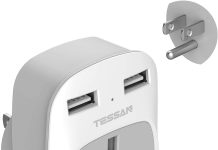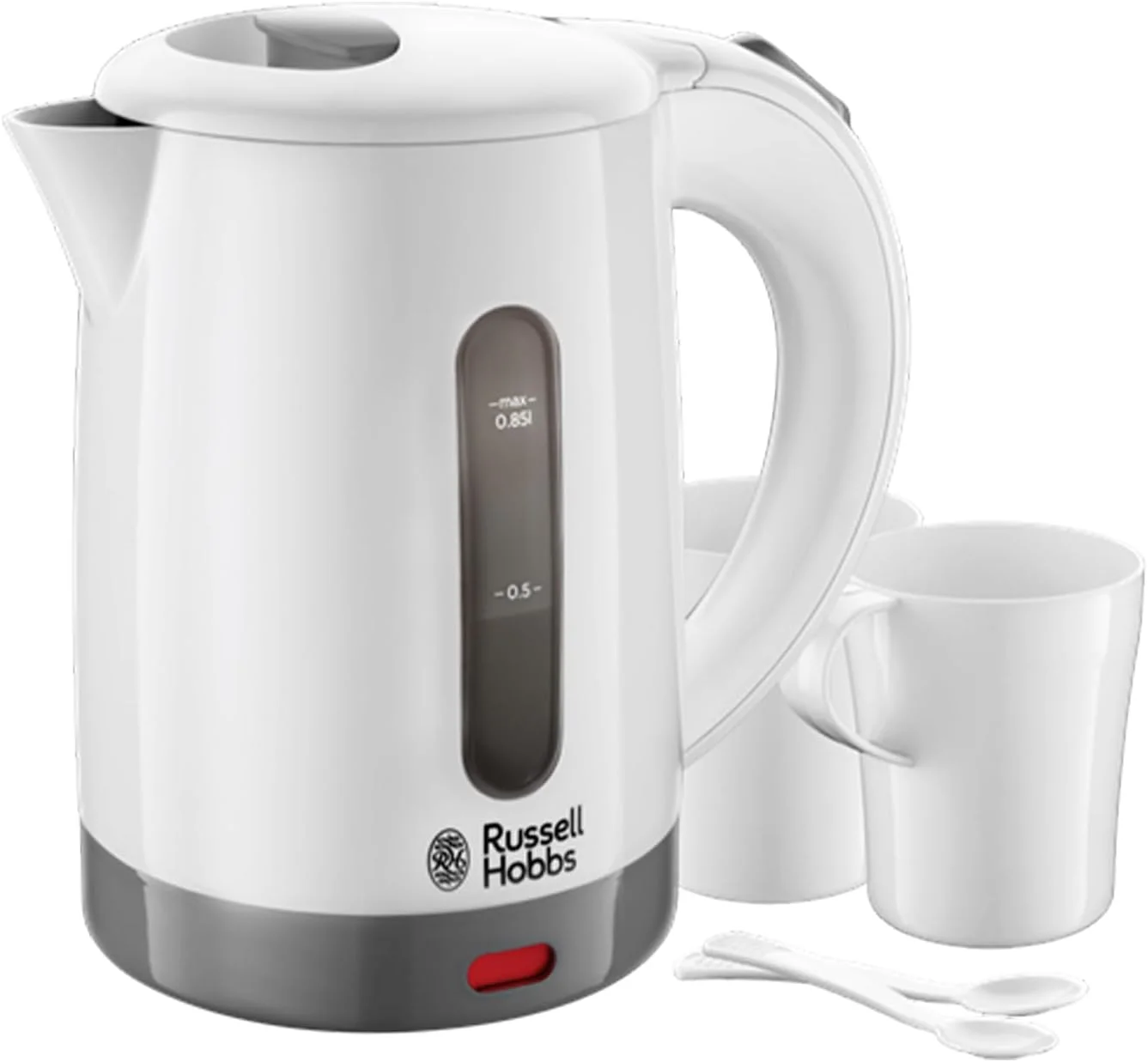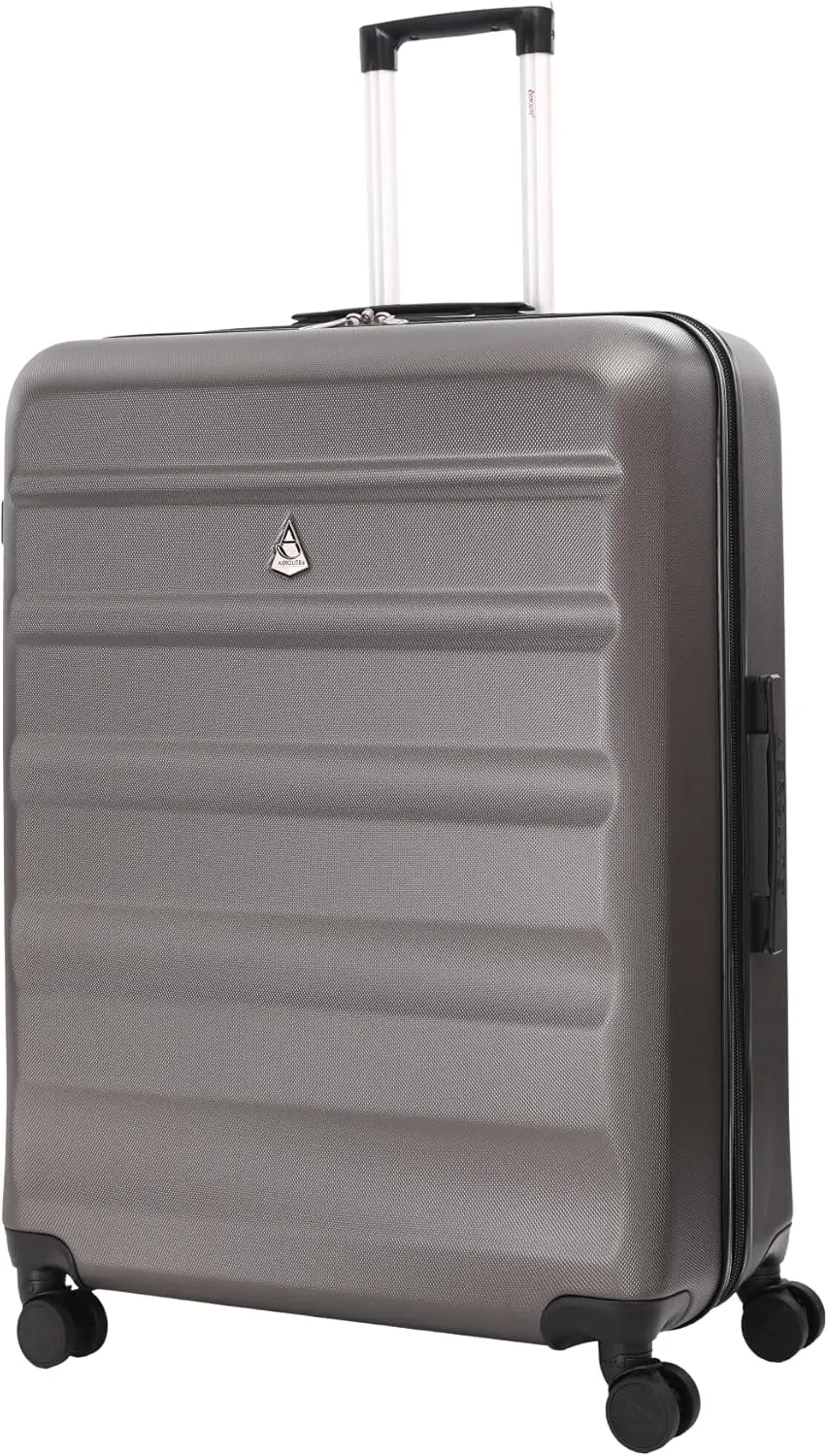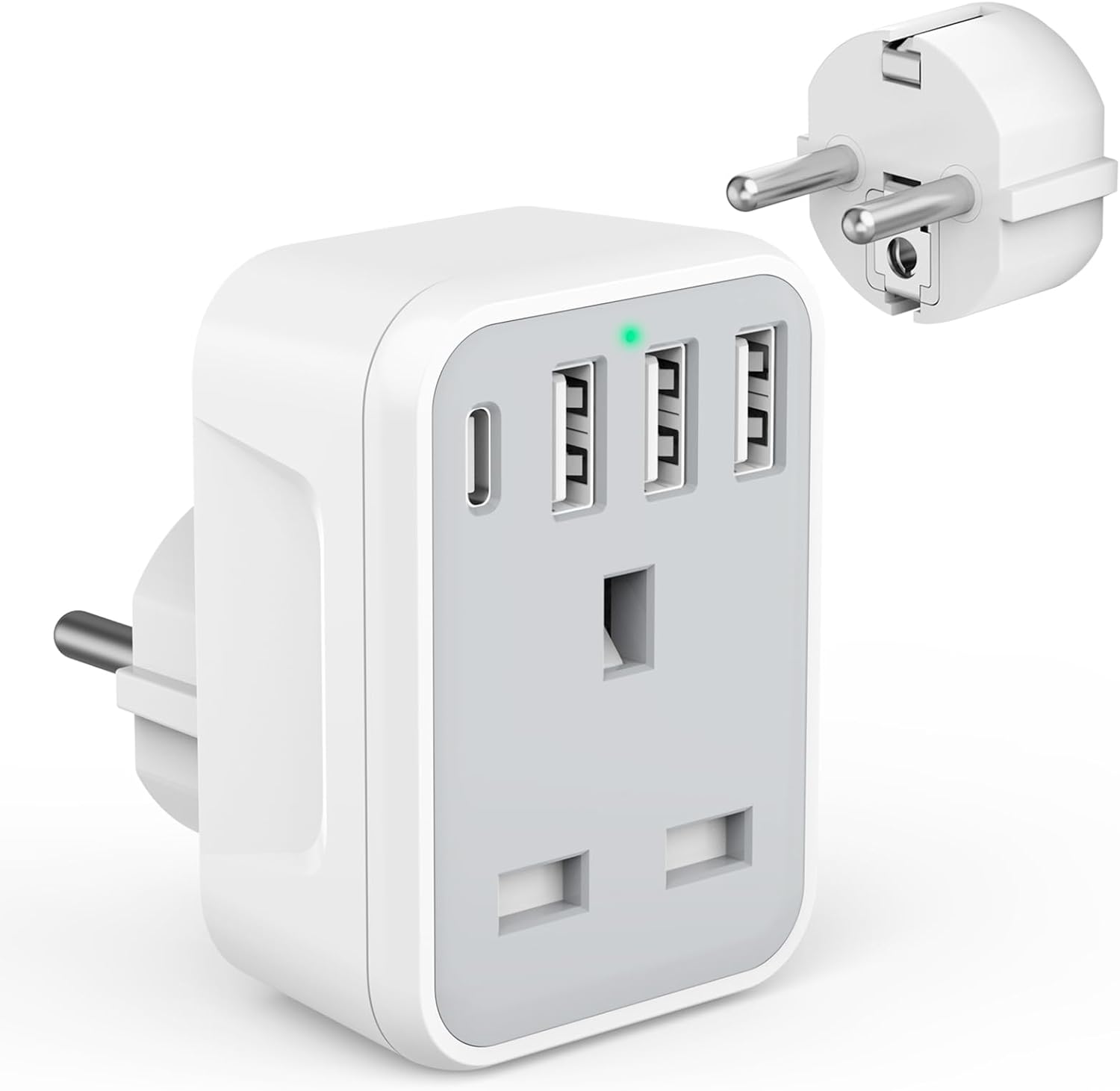Thailand Electrical Outlets: A Traveler’s Guide to Navigating Electrical Outlets
Embarking on an amazing adventure to the captivating landscapes and vibrant culture of Thailand is an exciting prospect for any traveler. However, amidst the anticipation of exploring ancient temples and relaxing on idyllic beaches, a practical consideration often arises: how to keep your essential electronic devices powered up and ready to capture those unforgettable moments. Understanding Thailand’s electrical system is key to ensuring a smooth and hassle-free trip. This guide will provide all the necessary information for tourists to navigate the world of Thai electrical outlets, from identifying plug types to understanding voltage requirements, so you can stay connected throughout your Thai sojourn.
Decoding Thailand Electrical Outlets: Voltage, Frequency, and Plug Types
To effectively use your electronic devices in Thailand, it’s crucial to first understand the fundamental characteristics of the country’s electrical system. Thailand operates on a standard voltage of 220V and a frequency of 50Hz 1. This is a common standard shared by many countries across Europe, Australia, and parts of Asia 1. Travelers hailing from these regions will find this familiar, which can offer a degree of reassurance regarding their devices’ compatibility. Conversely, countries like the United States, Canada, and Japan utilize a lower voltage range of 110-127V 1. This significant difference highlights a potential need for voltage converters for tourists from these nations, a point that will be explored in greater detail later in this guide.
Beyond voltage and frequency, the physical interface between your device and the power source – the plug and socket – also differs across the globe. Thailand employs a variety of plug types, with five main ones commonly encountered: Type A, Type B, Type C, Type F, and Type O 2. Each type has a distinct design:
- Type A: This plug features two flat parallel pins and is similar to the plugs used in the United States and Japan 3.
- Type B: Resembling Type A, the Type B plug includes an additional rounded grounding pin, also frequently found in North American outlets 3.
- Type C: Characterized by two round parallel pins, Type C is the standard European plug and is increasingly common in Thailand, especially in tourist-centric areas 3.
- Type F: Similar to Type C, the Type F plug has two round pins but also incorporates grounding clips on the sides. This type is compatible with European Type E sockets and is sometimes found in Thailand 2.
- Type O: This plug type is unique to Thailand and features three round pins arranged in a triangular pattern. While it exists, it’s less commonly encountered by tourists compared to other types 3.
While Thailand officially recognizes these five types, tourists will most frequently encounter Type A and Type C sockets in their accommodations and travels throughout the country 3. This is a significant piece of information, as Type A is compatible with plugs from the United States and Japan, major sources of tourism for Thailand, and Type C aligns with the European standard, another large segment of international travelers. Furthermore, some establishments, particularly modern hotels and office buildings, may also feature three-pin outlets designed to accommodate Type B, F, or even the Thai Type O plugs 1. This suggests that while a degree of plug compatibility might exist for some travelers without immediate adapters, the presence of multiple socket types underscores the importance of being prepared for various scenarios to ensure all devices can be powered.
Will Your Plugs Fit? A Region-by-Region Guide to Adapters
Understanding the types of plugs and sockets in Thailand naturally leads to the question of whether your devices will fit. This is where the concept of a plug adapter comes into play. A plug adapter is a simple device that allows a plug from one country with a specific shape to be physically inserted into a socket of another country with a different shape 4. It’s crucial to remember that plug adapters only change the physical configuration of the plug; they do not alter the electrical voltage or frequency 8.
For tourists from the United States, their devices typically use Type A or Type B plugs. The good news is that Type A plugs will likely fit into the commonly found Thai Type A sockets 1. Type B plugs, with their grounding pin, might fit into Type B sockets if available, but compatibility isn’t always guaranteed 2. However, for the other socket types prevalent in Thailand, namely Type C, F, and O, US travelers will almost certainly require plug adapters 2. A critical point for US visitors to note is that despite potential plug compatibility with Type A sockets, the United States operates on a 110-120V system, significantly lower than Thailand’s 220V 2. This voltage difference necessitates careful consideration, as simply plugging a 110V device into a 220V outlet without a voltage converter can lead to damage or pose a safety risk.
Travelers from the United Kingdom face a different situation. UK plugs are Type G, characterized by three rectangular pins 3. These plugs do not directly fit into any of the Thai socket types (A, B, C, F, or O) 3. Consequently, tourists from the UK will definitely need a plug adapter to use their electrical appliances in Thailand 1. They should seek adapters that can convert their Type G plugs to the Thai standard Type A, B, C, F, or O configurations. On a positive note, the UK operates on a voltage of 230V, which is very close to Thailand’s 220V, and both countries use a frequency of 50Hz 7. This means that for most modern electronic devices that are dual-voltage (designed to handle a range of voltages, typically 100-240V), a voltage converter will likely not be necessary for UK travelers in Thailand 3.
For tourists from Europe, the most common plug type is Type C, featuring two round pins. These plugs will generally fit into the widely available Thai Type C sockets 3. Type F plugs, which are also common in Europe and have grounding clips, might also be compatible with some Thai sockets. However, European travelers might still encounter the need for adapters for Type A, Type B (especially if their devices require grounding, as Type A sockets are ungrounded), and the less common Type O sockets 2. Similar to the UK, most European countries utilize a voltage range of 220-240V and a frequency of 50Hz 3. Therefore, for the majority of modern, dual-voltage devices brought by European tourists, voltage conversion is typically not required 3.
Travelers from other regions should consult the standard plug types and voltage/frequency used in their home country and compare them with Thailand’s specifications to accurately determine their specific requirements for both plug adapters and voltage converters 2.
Navigating the Voltage Minefield: When Do You Need a Converter?
While plug adapters address the physical compatibility of plugs and sockets, they do not solve the issue of voltage differences. It’s essential to understand that voltage refers to the electrical potential difference that drives the flow of electricity. Thailand’s 220V standard is significantly higher than the 110-120V used in some other parts of the world. Attempting to use a device designed for a lower voltage in a higher voltage system without proper conversion can lead to overheating, malfunction, and even fire hazards 1.
The key to safely using your electronics in Thailand lies in determining whether your devices are dual-voltage. Most modern electronic gadgets, such as smartphones, laptops, tablets, and digital cameras, are designed to operate within a broad voltage range, typically from 100V to 240V 3. To check if your device is dual-voltage, carefully examine the power label usually located near the power cord or on the device itself. Look for an indication of the input voltage, which will often be stated as “INPUT: 100-240V” or something similar 3. If your device is dual-voltage, you are in luck – you will only need a plug adapter to physically connect it to a Thai socket, as it can handle the 220V power supply 3.
However, if your device is single-voltage, meaning it only lists a specific input voltage like 110V or 120V, you will need a voltage converter to safely use it in Thailand’s 220V system 1. A voltage converter, also known as a step-down transformer, reduces the 220V from the Thai outlet to the lower voltage required by your device 13. Common examples of single-voltage appliances that tourists might bring include some older hair dryers, curling irons, and electric shavers 3. When selecting a voltage converter, it’s crucial to ensure that its wattage rating meets or exceeds the wattage of the appliance you intend to use with it 1. Using a converter with an insufficient wattage can overload it and potentially damage both the converter and your appliance.
It’s also worth noting that while voltage is the primary concern, there is a slight difference in frequency between Thailand (50Hz) and some countries like the United States (60Hz) 1. While this difference generally doesn’t affect most electronic devices, it might impact the operation of certain appliances with motors or timers, such as some older clocks, causing them to run slightly faster or slower 1.
A practical approach to avoid the complexities and potential risks associated with voltage converters is to consider purchasing dual-voltage versions of essential appliances before your trip or, if feasible, buying them locally in Thailand. Appliances purchased in Thailand will naturally be compatible with the local 220V standard 1.
Powering Up Safely and Smartly in Thailand: Essential Tips
Beyond ensuring plug and voltage compatibility, there are several important safety precautions and smart practices to keep in mind when using electrical outlets in Thailand:
- Always Double-Check Device Compatibility: Before plugging any device into a Thai outlet, take a moment to re-verify its voltage compatibility by checking the power label 3. This simple step can prevent accidental damage to your electronics and ensure your safety.
- Consider a Surge Protector: Power surges can occur unexpectedly, especially in certain areas. Using a travel surge protector, particularly for sensitive electronics like laptops and cameras, can help safeguard them from damage caused by sudden spikes in voltage 3.
- Avoid Overloading Outlets: Many budget accommodations might have a limited number of available power outlets. Resist the urge to plug too many high-power devices into a single outlet or use flimsy, low-quality power strips, as this can lead to overheating and potentially dangerous electrical fires 3. Opt for a high-quality power strip with built-in surge protection if you need to charge multiple low-power devices simultaneously 3.
- Use Reputable Chargers: Stick to using the original chargers that came with your devices or purchase replacements from well-known and reputable brands 3. Avoid using cheap, unbranded, or counterfeit chargers, as they may lack proper safety features and could pose a risk to your devices and your safety.
- Exercise Caution with Public Charging Stations: While convenient, public USB charging ports found in airports or cafes can sometimes pose security risks. Consider using a USB data blocker, a small device that prevents data transfer while allowing charging, to protect your devices from potential malware or data theft 3.
- Think About Portable Power Solutions: For travelers who plan on spending extended periods away from readily available power outlets, such as during day trips or in more remote areas, a portable power bank can be a valuable asset for keeping smartphones and other small devices charged 3. Solar chargers and portable power stations offer even greater power capacity for longer durations or multiple devices 3.
Where to Buy Adapters and Converters: Getting Prepared
Planning ahead for your electrical needs in Thailand can save you time and potential frustration upon arrival. There are several options for purchasing plug adapters and voltage converters:
- Buying Before Your Trip: Purchasing these items before you leave for Thailand offers the advantage of being prepared from the moment you arrive. Online retailers like Amazon and eBay typically offer a wide selection of travel adapters and voltage converters at competitive prices 2. Major electronics stores in your home country are also a reliable source for these items 3. For frequent travelers, investing in a universal travel adapter, which combines multiple plug types into one convenient unit, can be a worthwhile option 2.
- Buying Upon Arrival in Thailand: If you forget to pack an adapter or find yourself needing an additional one, plug adapters are generally readily available in Thailand. You can find them at major airports 4, convenience stores like 7-Eleven and FamilyMart 5, and in the electronics sections of larger shopping malls 15. While some hotels, particularly those accustomed to international guests, may have adapters available for guests to borrow or purchase 10, it is generally advisable not to rely solely on this and to bring your own to ensure availability 8. It’s important to note that while plug adapters are usually easy to find, voltage converters can be more difficult to locate and potentially more expensive in Thailand 13. Therefore, if you determine that you will need a voltage converter for any of your devices, it is generally recommended to purchase it before your departure.
Conclusion: Thailand Electrical Outlets!
Navigating the electrical outlets in Thailand as a tourist doesn’t have to be a daunting task. By understanding the standard voltage and frequency, familiarizing yourself with the common plug types, and determining whether you need a plug adapter or a voltage converter (or both) for your devices, you can ensure a seamless and safe experience powering up your electronics throughout your trip. Remember to always check the voltage compatibility of your devices, consider bringing a surge protector, and exercise caution when using power outlets. With a little preparation, you can stay connected, capture all your travel memories, and fully enjoy the wonders that Thailand has to offer.

